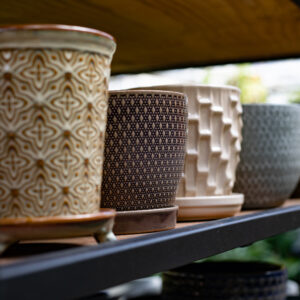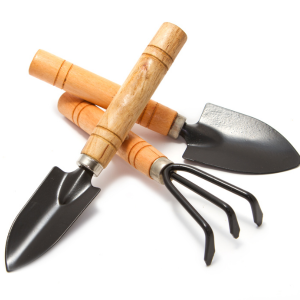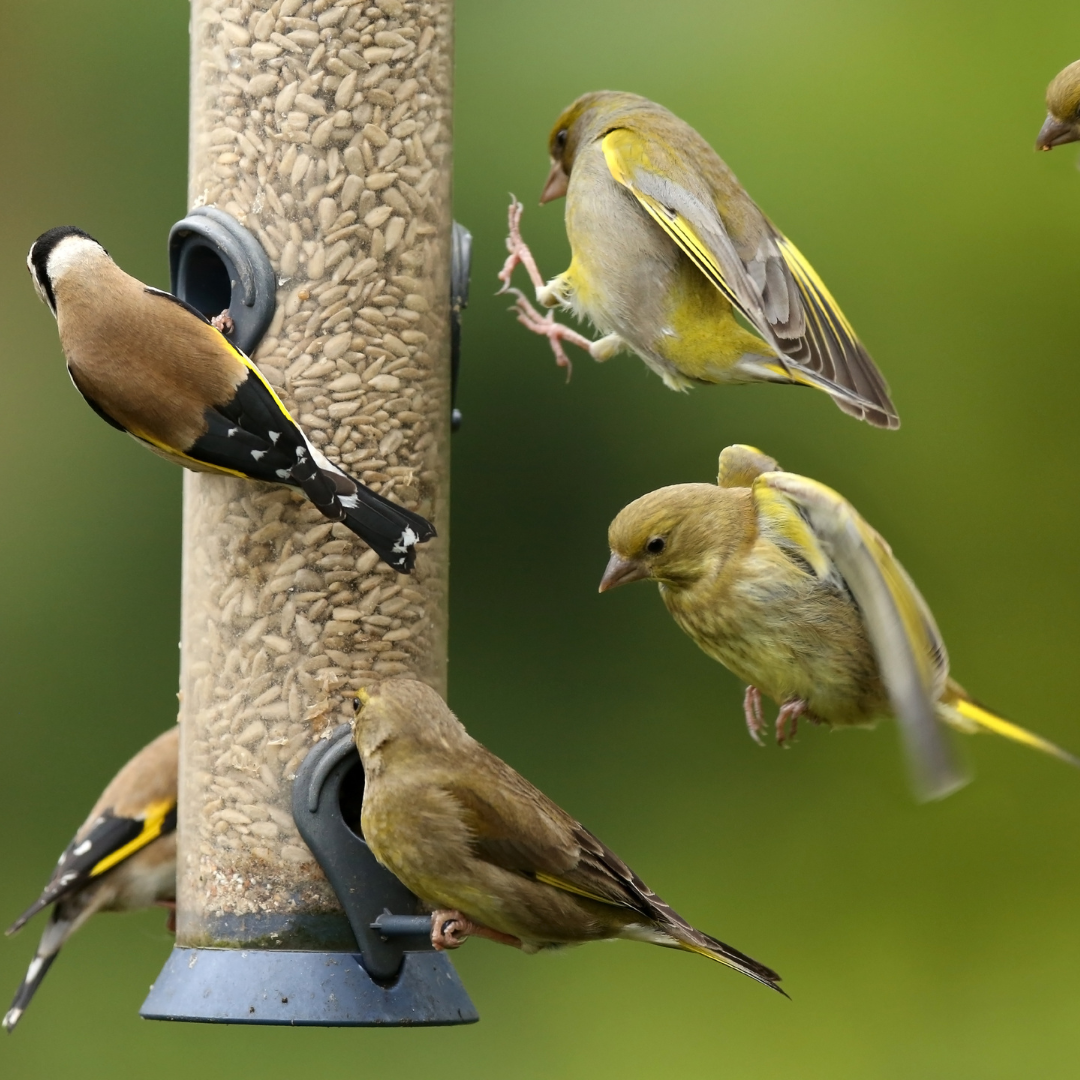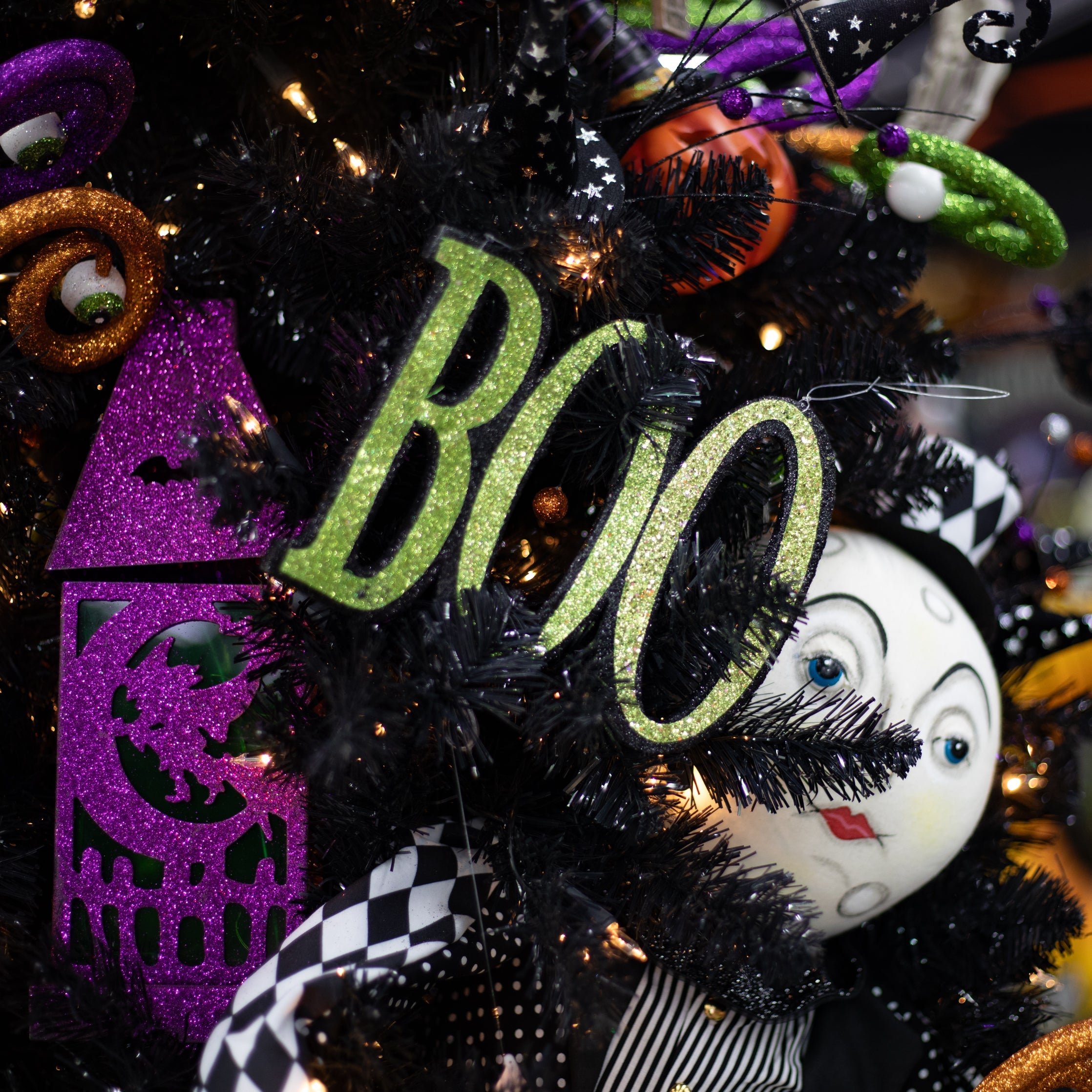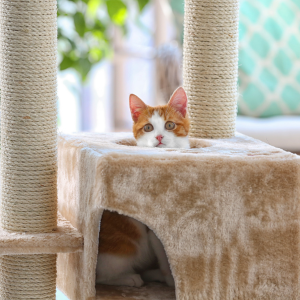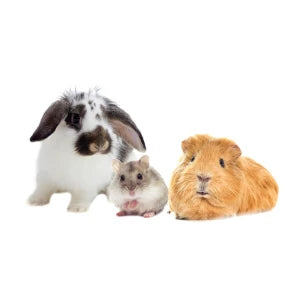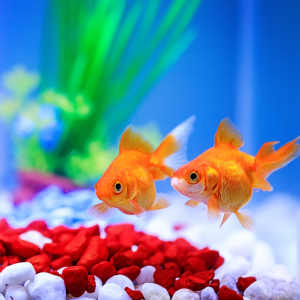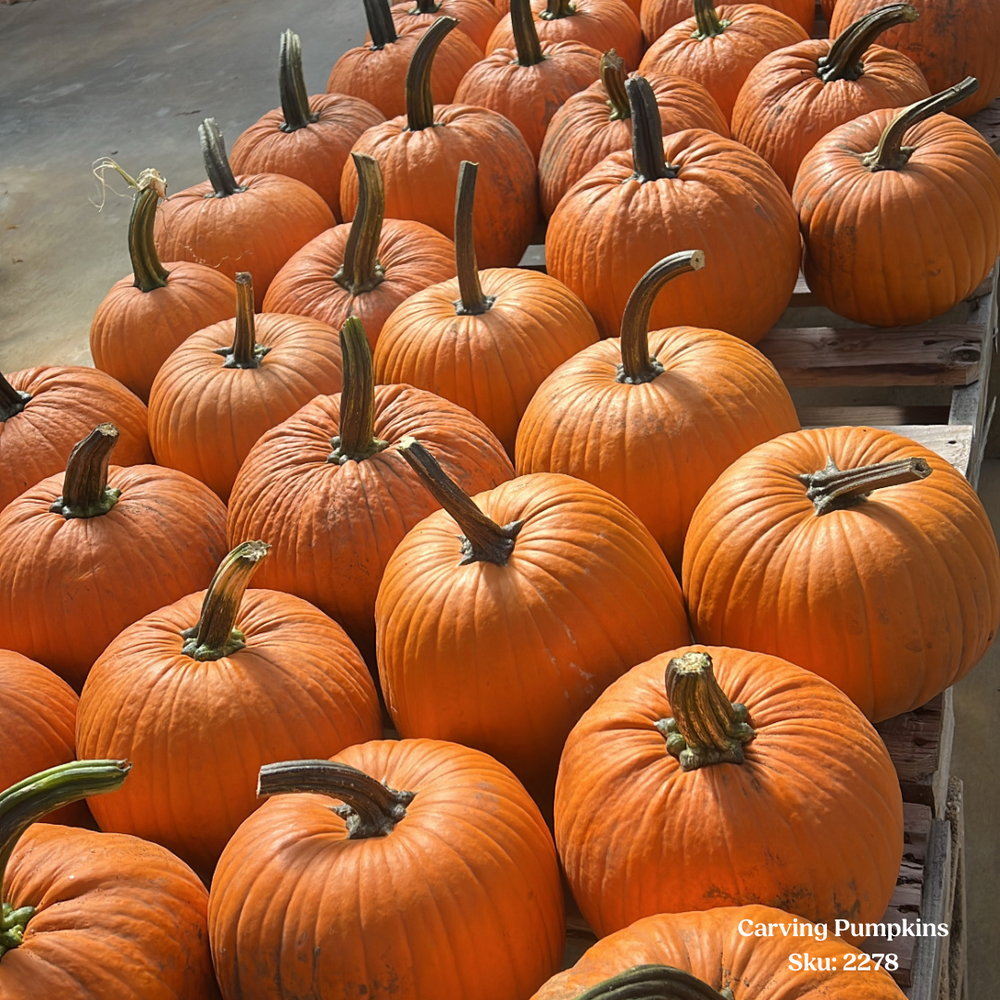Alocasia Care Tips
Alocasia, often called Elephant Ear, is a bold, tropical houseplant with striking arrow- or heart-shaped leaves that bring a dramatic flair to any room.
Known for its lush, architectural foliage, it thrives in bright, indirect light with regular moisture and humidity, making it a rewarding choice for attentive plant lovers.

Light
Prefers bright, indirect light. Can tolerate some morning sun, but avoid harsh afternoon rays. Insufficient light may cause leaf drop or slow growth.

Watering
Keep soil consistently moist, but not waterlogged. Water when the top 1–2" of soil are just starting to dry. Reduce watering slightly in winter dormancy.

Humidity
Prefers high humidity (60%+). Benefits from humidifiers or a pebble tray. Brown edges often signal low humidity.

Temperature
Ideal range: 65–85°F (18–29°C). Avoid cold drafts and temps below 60°F.

Soil
Use a well-draining, airy potting mix. Blend potting soil with perlite, orchid bark, and peat/coco coir.

Fertilizing
Feed every 2–4 weeks in spring and summer. Use a balanced or slightly nitrogen-rich liquid fertilizer. Pause feeding in fall and winter.

Repotting
Repot every 1–2 years or when rootbound. Best done in spring before active growth.

Pruning & Cleaning
Remove yellow or dead leaves to encourage new growth. Wipe large leaves to prevent dust buildup and help with photosynthesis.

Pet Safety
Toxic to cats and dogs if ingested. Can cause oral irritation, vomiting, or drooling.

Common Problems
Yellow leaves = overwatering or poor drainage. Drooping leaves = underwatering or sudden environmental changes. Brown edges = low humidity or inconsistent watering.

Common Pests
Watch for spider mites, aphids, mealybugs, and scale.

Fun Fact
Alocasias can enter a natural dormancy in winter, shedding leaves before bouncing back in spring.



